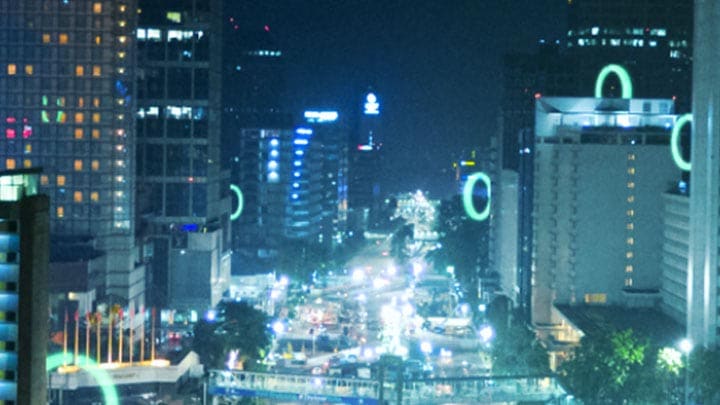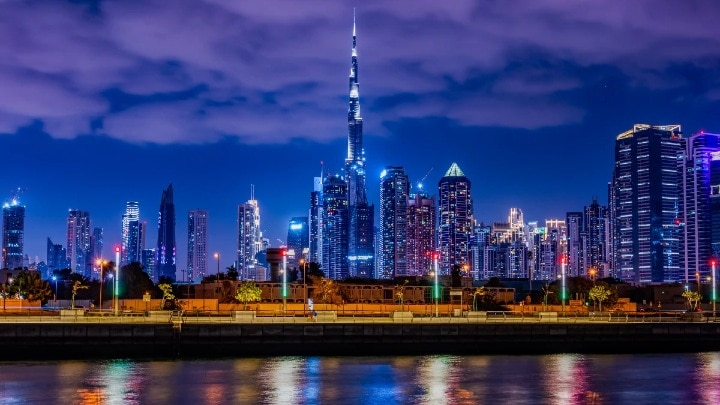February 16, 2023
In this moment of urgency on climate action, the conclusion of Sharm el-Sheikh’s COP27 seemed to satisfy no one. Its legacy is a hard-wrought implementation plan that combines heartening glimpses of progress with some equally disappointing gaps. On progress, a loss and damage fund offers some hope to nations most vulnerable to the climate crisis. At the same time, there was little momentum on the critical issue of the world’s dependence on fossil fuels, or on accelerating the adoption of efficient solutions to reduce global emissions.
While UN member states enjoy coming together in the spirit of discussion, their dedication to the shared ambition often stops short of any commitment that would interfere with decisions now made on a national level. It is at these national and subnational levels that we now need to see decisive action. It has taken seven years from the Paris Agreement for us to be seriously discussing implementation. This illustrates the frustrating pace of multilateral action, which stands in stark contrast to the urgency of the task ahead. At the heart of this reluctance, the gap between ambition and action rests on a widespread perception that decarbonization is a cost, rather than an opportunity.
The true cost of fossil fuel addiction
The devastating ecological and human impact of climate inaction if now well understood. But our dependence on fossil fuels is also a costly one. These legacy energy sources are no longer cheap, even before the staggering subsidies enjoyed by the industry. In 2021, the International Monetary Fund estimated that the global production and burning of coal, oil, and gas was subsidized by US$5.9 trillion in 2020, or 6.8% of GDP, and that number is expected to rise. To put it another way, we subsidized fossil fuels by more than US$700 per capita in 2020 alone. According to the IMF, efficient fuel pricing in 2025 would reduce global carbon dioxide emissions 36 percent below baseline levels in 2025, in line with keeping global warming to 1.5 degrees.1 Still Not Getting Energy Prices Right: A Global and Country Update of Fossil Fuel Subsidies (imf.org)

Despite this colossal financial and ecological burden, our society retains an inexplicably attachment to outdated technology that hampers our development and pollutes our planet. With innovation and possibility all around us, we should be moving to adopt technologies that solve multiple problems, which in all cases are both more attractive and more profitable. These solutions are more economical, better for the environment, and provide a better standard of living for citizens at large.
When the Montreal Protocol was agreed in the late 1980s, we were unaware that it would be widely considered a warm-up for the main event. In a spirit of unprecedented commitment and cooperation, this multilateral agreement has successfully set us on a path to recover the ozone layer by the middle of this century. Private sector innovation immediately followed as companies devised and adopted newer technologies without ozone-depleting properties. With the right motivation, there is no shortage of public and private sector innovation that can move us towards outcomes that are not just cheaper, but better in every way.
Energy efficiency now
Indeed, our lowest cost solution is simply to reduce our energy expenditure. Energy efficiency is energy that costs nothing. By doing more on efficiency, we free up electricity to accelerate electrification of heating and transport, lessening our dependence on fossil fuels. In the lighting industry, we know the benefits of switching conventional light points to connected LED. Lighting is a technology that touches everyone. There are close to 30 billion light points across the world, presenting a huge opportunity for progress.
Harry Verhaar
Head of Global Public and Governmental Affairs at Signify

If this is possible for lighting, there is so much that can be done in other sectors. Increasing the renovation rate of our infrastructure to 3% per year creates vital opportunities to adopt energy-efficient technologies within our built environment. Beyond lighting, it introduces opportunities to improve the efficiency of HVAC and introduce building management systems that help our cities do more with fewer natural resources. If we double our efforts in energy efficiency, everything we do to accelerate renewables counts twice as much. We decarbonize the economy twice as fast, and twice as cheaply.
All this work can be done now. While regulation continues at its typical slow pace, we all understand the direction and what needs to be done. The fields of play for implementation are subnational, in cities and in businesses. So, it’s up to these smaller, more agile units to get ahead of multilateral decisions and move now, for the health of our planet but also for the health of our bottom line, our industries, and the people who depend on them. As businesses, we can choose how we decarbonize our operations and future proof the products and services we offer our customers. In cities, we can target investments in sustainable development that create opportunities, jobs, and better living conditions. The work of Bertrand Piccard and the Solar Impulse Foundation’s Solutions Guide for Cities reveals the vast array of solutions that are already out there – each with the potential to elevate cities to clean, efficient spaces that work for their citizens.
It is this change of focus – from cost to benefit, from problem to solution, that will define how successfully we close the implementation gap and manage the climate emergency. Successful implementation rests on our curiosity, our openness, and our commitment to progress. The faster we do this work, the easier it will be for us to keep the hope of a 1.5C scenario, and a livable planet, alive for future generations.
Discover more on how switching to connected LED can benefit us all, here
Signify Global Media relations - Professional Lighting
Claire Phillips
Tel: +44 7956 489081
Email: claire.phillips@signify.com
Signify (Euronext: LIGHT) is the world leader in lighting for professionals, consumers and the Internet of Things. Our Philips products, Interact systems and data-enabled services, deliver business value and transform life in homes, buildings and public spaces. In 2023, we had sales of EUR 6.7 billion, approximately 32,000 employees and a presence in over 70 countries. We unlock the extraordinary potential of light for brighter lives and a better world. We have been in the Dow Jones Sustainability World Index since our IPO for seven consecutive years and have achieved the EcoVadis Platinum rating for four consecutive years, placing Signify in the top one percent of companies assessed. News from Signify can be found in the Newsroom, on X, LinkedIn and Instagram. Information for investors is located on the Investor Relations page.


December 17, 2024
Transforming Dubai’s iconic buildings with connected lighting from Signify